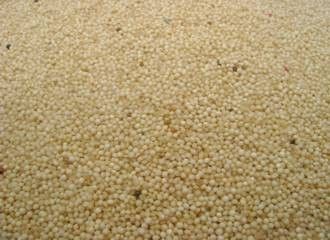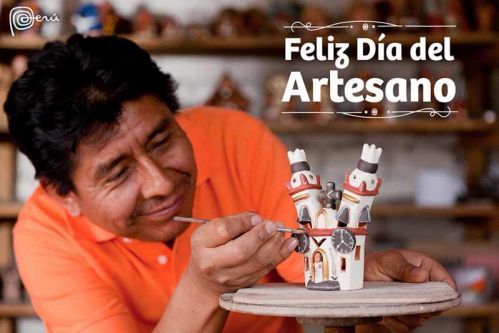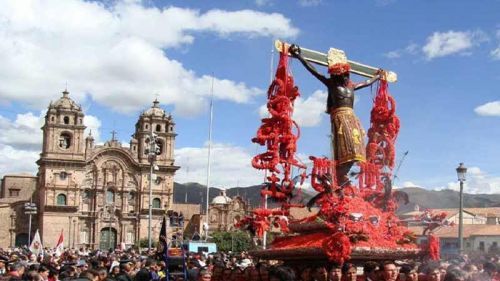Today called a "superfood", Quinua played a vital role in the Andean diet for thousands of years. The origin of Quinoa domestication appears to be located in the area around Lake Titicaca. It was an important staple food of the Incas who referred to Quinua as "mother of all grains".
Small and bead-shaped, the ivory-colored quinoa cooks like rice (taking half the time of regular rice) and expands to around three times its original volume.
Quinoa has a light, fluffy texture when cooked, and a mild, slightly nutty flavor. The gluten and cholesterol free Quinoa is very high in protein and considered a complete protein because it contains all eight essential amino acids. It is easy to digest and provides a rich and balanced source of vital nutrients making it an ideal food for children, sick and elderly as well as health-conscious people.
Quinua is popular as breakfast cereal and as substitute for rice or couscous. It's also used in soups, salads and desserts. Quinua flour can be used in all sorts of baking. Favored by Peruvian children is popcorn made of Quinoa seeds called Kokitos.





























